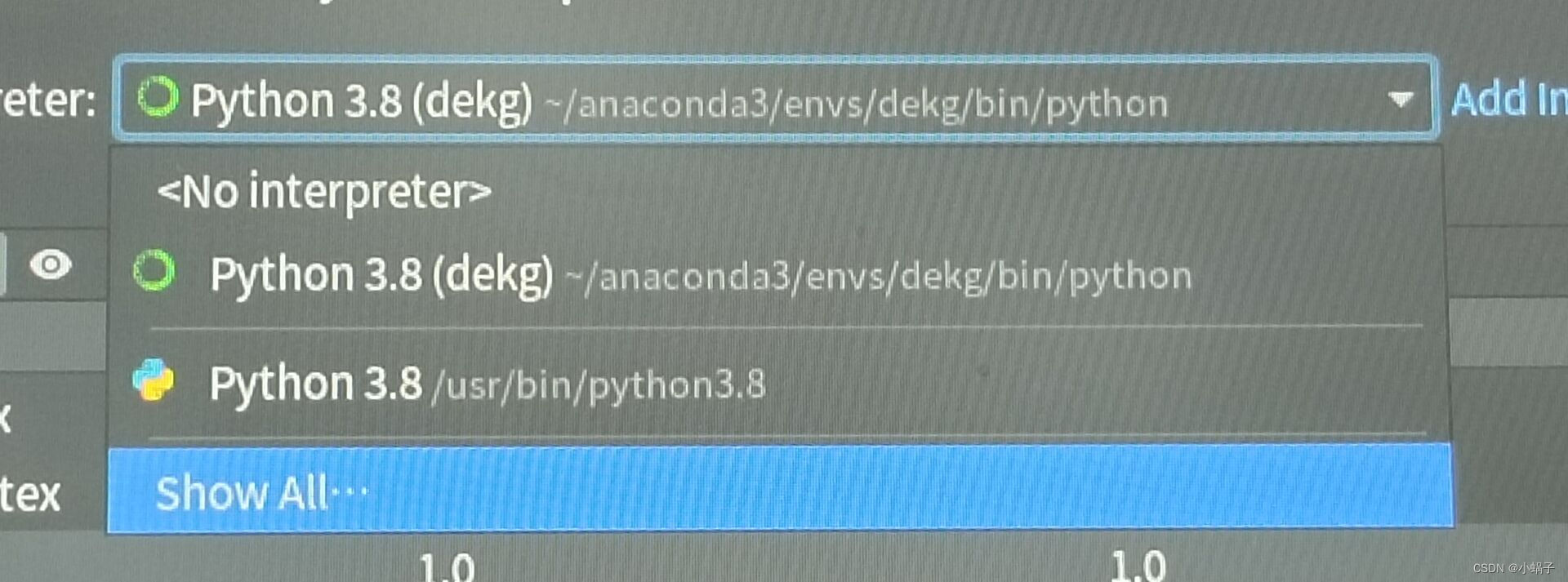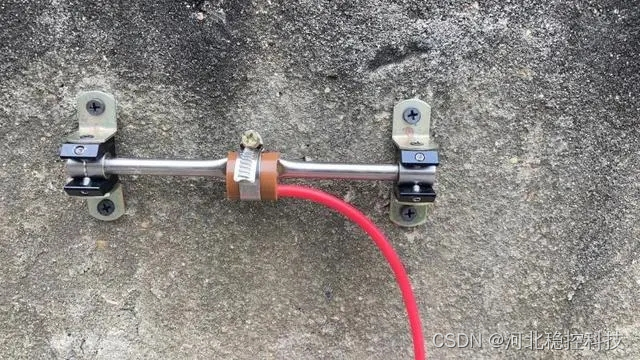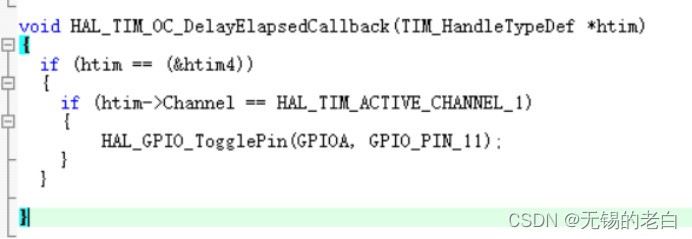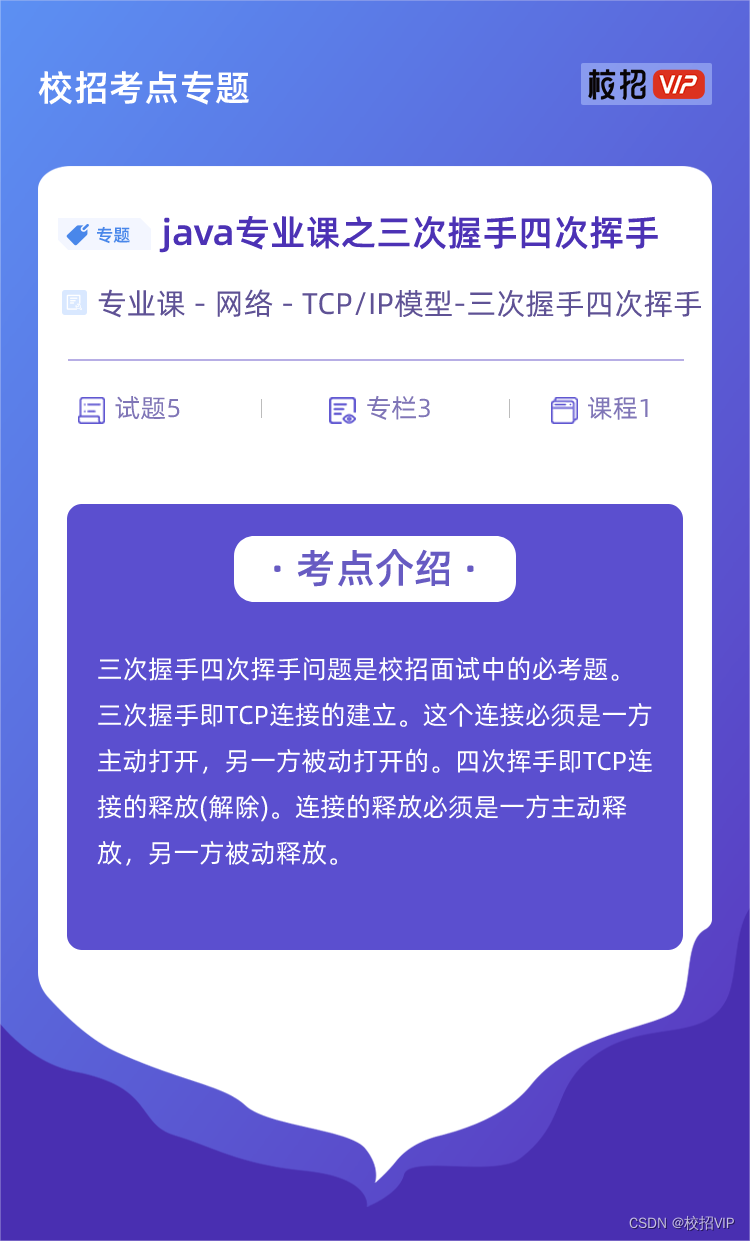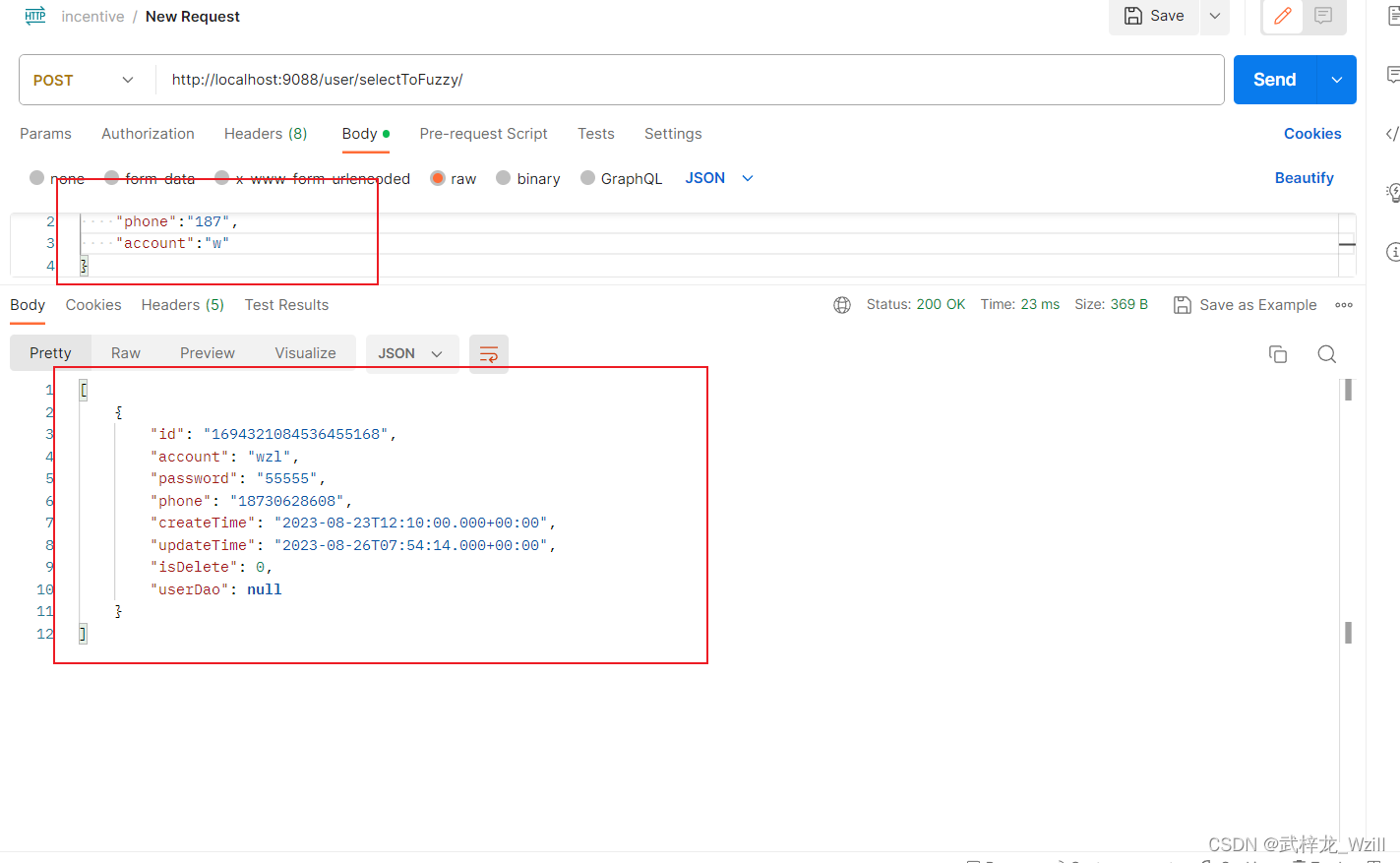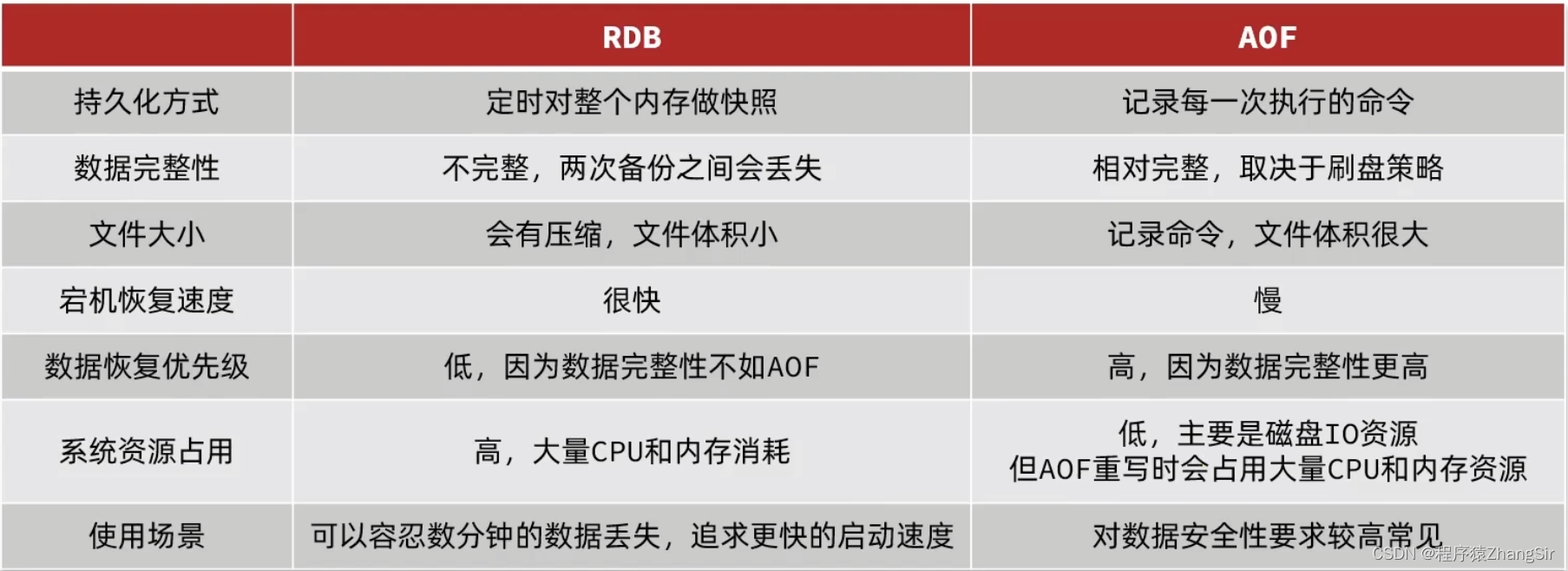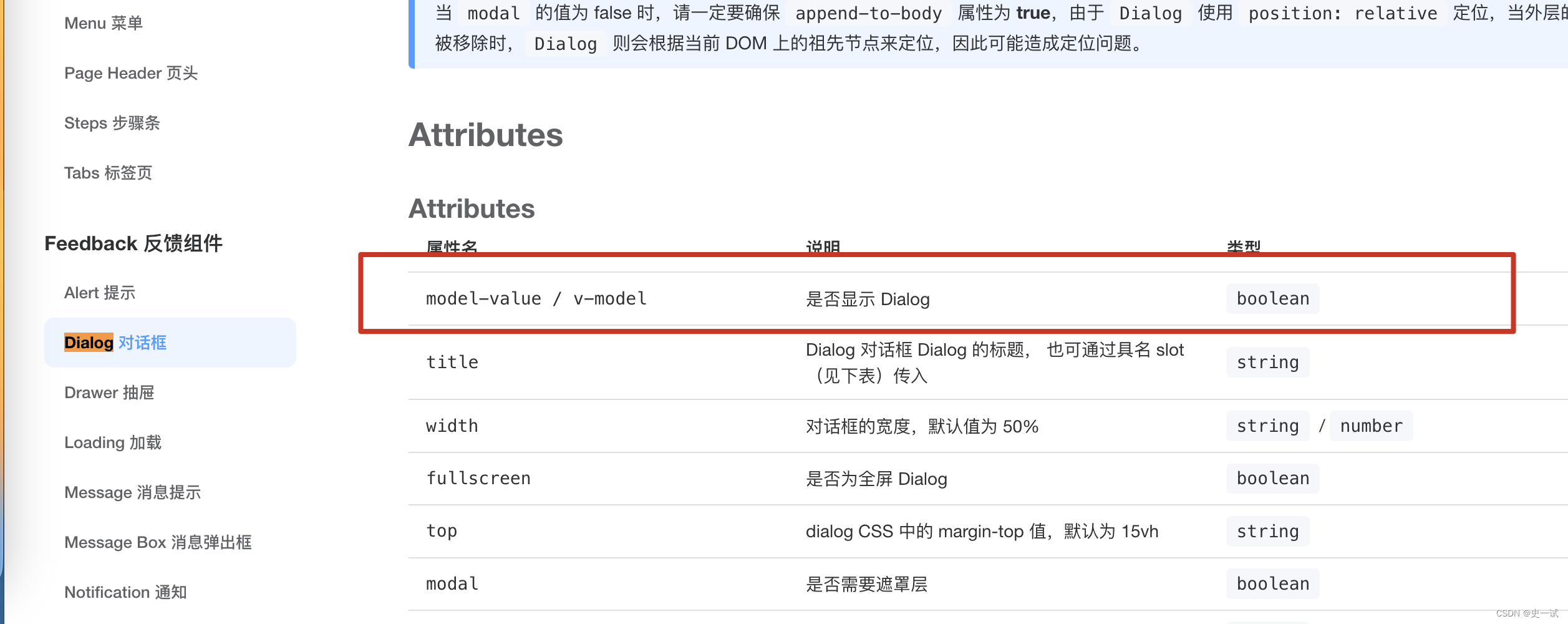25Wqps是什么概念?
QPS(Queries Per Second):是衡量信息检索系统(例如搜索引擎或数据库)在一秒钟内接收到的搜索流量的一种常见度量。
通过概念我们能很清楚知道 QPS = 并发数/响应时间,即100W/4s = 25Wqps
相关方法
当高并发插入大量数据的时候就需要用到批处理这个Java的批量更新机制,这一机制允许多条语句一次性提交给数据库批量处理。通常情况下,批量处理 比单独提交处理更有效率
用得到的核心方法:
-
addBatch(String):添加需要批量处理的SQL语句或是参数;
-
executeBatch():执行批量处理语句;
-
clearBatch():清空缓存的数据
方式一:直接插入
普通插入100w数据
@Test
public void Test1() {
long start = System.currentTimeMillis();//开始计时【单位:毫秒】
Connection conn = jdbcUtils.getConnection();//获取数据库连接
String sql = "insert into a(id, name) VALUES (?,null)";
PreparedStatement ps = null;
try {
ps = conn.prepareStatement(sql);
for (int i = 1; i <= 1000000; i++) {
ps.setObject(1, i);//填充sql语句种得占位符
ps.execute();//执行sql语句
}
} catch (SQLException e) {
e.printStackTrace();
} finally {
jdbcUtils.close(conn, ps, null);
}
//打印耗时【单位:毫秒】
System.out.println("百万条数据插入用时:" + (System.currentTimeMillis() - start)+"【单位:毫秒】");
}![]()
用时:3736/60= 62分钟多
方式二:使用批处理
使用PreparedStatement
@Test
public void Test2() {
long start = System.currentTimeMillis();
Connection conn = jdbcUtils.getConnection();//获取数据库连接
String sql = "insert into a(id, name) VALUES (?,null)";
PreparedStatement ps = null;
try {
ps = conn.prepareStatement(sql);
for (int i = 1; i <= 1000000; i++) {
ps.setObject(1, i);
ps.addBatch();//将sql语句打包到一个容器中
if (i % 500 == 0) {
ps.executeBatch();//将容器中的sql语句提交
ps.clearBatch();//清空容器,为下一次打包做准备
}
}
//为防止有sql语句漏提交【如i结束时%500!=0的情况】,需再次提交sql语句
ps.executeBatch();//将容器中的sql语句提交
ps.clearBatch();//清空容器
} catch (SQLException e) {
e.printStackTrace();
} finally {
jdbcUtils.close(conn, ps, null);
}
System.out.println("百万条数据插入用时:" + (System.currentTimeMillis() - start)+"【单位:毫秒】");
}![]()
用时:3685/60= 61分钟多
这时候你会发现不是说批处理会快很多吗,为什么实际上没有变化?
而这实际上是因为没有开启重写批处理语句
优化一:
在方式二的基础上, 允许jdbc驱动重写批量提交语句,在数据源的url需加上 &rewriteBatchedStatements=true ,表示(重写批处理语句=是)
spring.datasource.url = jdbc:mysql://localhost:3306/seckill?useUnicode=true&characterEncoding=utf8&useSSL=false&serverTimezone=GMT%2B8&zeroDateTimeBehavior=convertToNull&allowMultiQueries=true&rewriteBatchedStatements=true
spring.datasource.username = root
spring.datasource.password = 123456![]()
用时:10031/60 = 10s
优化二:
在方式三的基础上,取消自动提交sql语句,当sql语句都提交了才手动提交sql语句
conn.setAutoCommit(false)(设置自动提交=否)
@Test
public void Test3() {
long start = System.currentTimeMillis();
Connection conn = jdbcUtils.getConnection();//获取数据库连接
String sql = "insert into a(id, name) VALUES (?,null)";
PreparedStatement ps = null;
try {
ps = conn.prepareStatement(sql);
conn.setAutoCommit(false);//取消自动提交
for (int i = 1; i <= 1000000; i++) {
ps.setObject(1, i);
ps.addBatch();
if (i % 500 == 0) {
ps.executeBatch();
ps.clearBatch();
}
}
ps.executeBatch();
ps.clearBatch();
conn.commit();//所有语句都执行完毕后才手动提交sql语句
} catch (SQLException e) {
e.printStackTrace();
} finally {
jdbcUtils.close(conn, ps, null);
}
System.out.println("百万条数据插入用时:" + (System.currentTimeMillis() - start)+"【单位:毫秒】");
}![]()
用时:4秒左右
具体实现步骤:
-
获取数据库连接。
-
创建 Statement 对象。
-
定义 SQL 语句,使用 PreparedStatement 对象预编译 SQL 语句并设置参数。
-
取消自动提交
-
将sql语句打包到一个Batch容器中, 添加需要批量处理的SQL语句或是参数
-
执行批处理操作。
-
清空Batch容器,为下一次打包做准备
-
不断迭代第5-7步,直到数据处理完成。
-
关闭 Statement 和 Connection 对象。
注意事项:
- 使用
setAutoCommit(false)来禁止自动提交事务,然后在每次批量插入之后手动提交事务 - 批量提交数据的时候url要设置rewriteBatchedStatements=true
-
sql语句不能有分号否则抛出BatchUpdateException异常
-
设置适当的批处理大小:批处理大小指在一次插入操作中插入多少行数据。如果批处理大小太小,插入操作的频率将很高,而如果批处理大小太大,可能会导致内存占用过高。通常,建议将批处理大小设置为1000-5000行,这将减少插入操作的频率并降低内存占用
-
采用适当的等待时间:等待时间指在批处理操作之间等待的时间量。等待时间过短可能会导致内存占用过高,而等待时间过长则可能会延迟插入操作的速度。通常,建议将等待时间设置为几秒钟到几十秒钟之间,这将使操作变得平滑且避免出现内存占用过高等问题。
参考文章:网易一面:25Wqps高吞吐写Mysql,100W数据4秒写完,如何实现?
